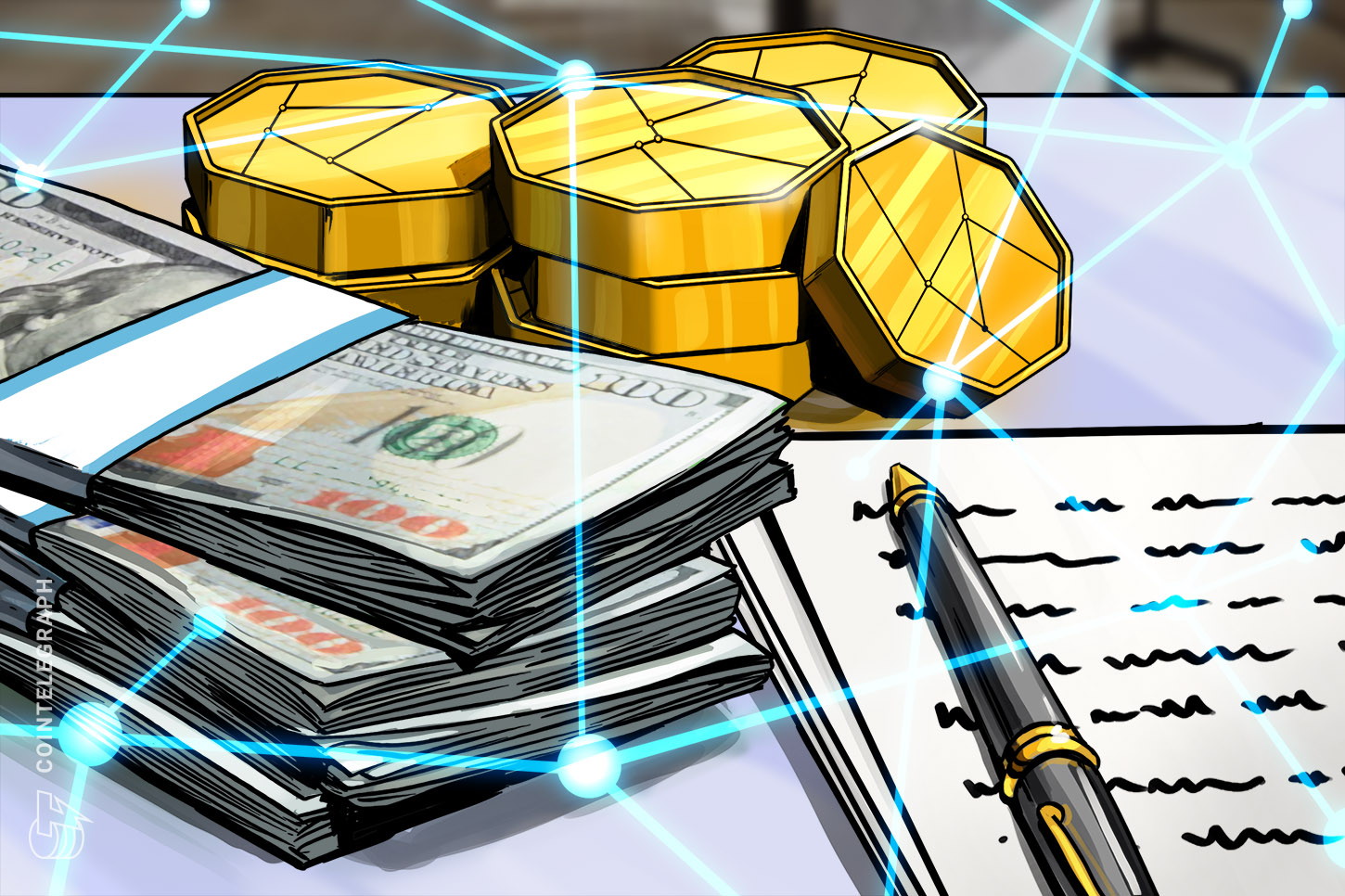Delta Exchange, a cryptocurrency derivatives platform, has successfully concluded a $5 million private sale of its native Delta Exchange Token (DETO), setting the stage for wider adoption of its retail derivatives marketplace.
Some well-known names in decentralized finance, or DeFi, participated in the private sale, including Aave Ventures. Kyber Network. Sino Global, LuneX Ventures, BR Capital and others also participated in the sale.
At the time of writing, the total market capitalization of DeFi projects was $88.2 billion, marking an increase of 12.5% on the day.
In addition to the token launch, Delta announced Tuesday that it has activated its liquidity mining and trade farming features, supposedly marking the first offering of liquidity pools on a centralized derivatives platform. The DETO/USDT trading pair will go live immediately after the token launch.
DETO is an ERC-20 utility and rewards token that powers Delta Exchange. It utilizes market-making pools for liquidity, making it similar to existing DeFi automated market makers, albeit with some important differences.
Pankaj Balani, Delta’s CEO, said the exchange has upped its revenues, trading volumes and customer acquisition over the past year. He said DETO is “integrated across the value chain of the exchange,” explaining:
“It will help boost liquidity via liquidity mining, it will help increase volumes via attractive cashback and it will help build customer loyalty as DETO can be used to pay trading fees, at higher of market price or MSP (minimum support price).”
Delta Exchange’s trade volumes have experienced intermittent spikes this year. Daily turnover exceeded $98 million on March 14, just as Bitcoin (BTC) set a new all-time high above $61,800. Trading volumes on Delta have declined since the mid-March spike, falling in line with the broader cryptocurrency market.
Derivatives are one of the hottest corners of the cryptocurrency market. CoinMarketCap estimated that derivatives trading was worth over $1.3 trillion in December 2020, which accounted for 55% of the overall market at the time. Spot trading, by contrast, accounted for the remaining 45%.


